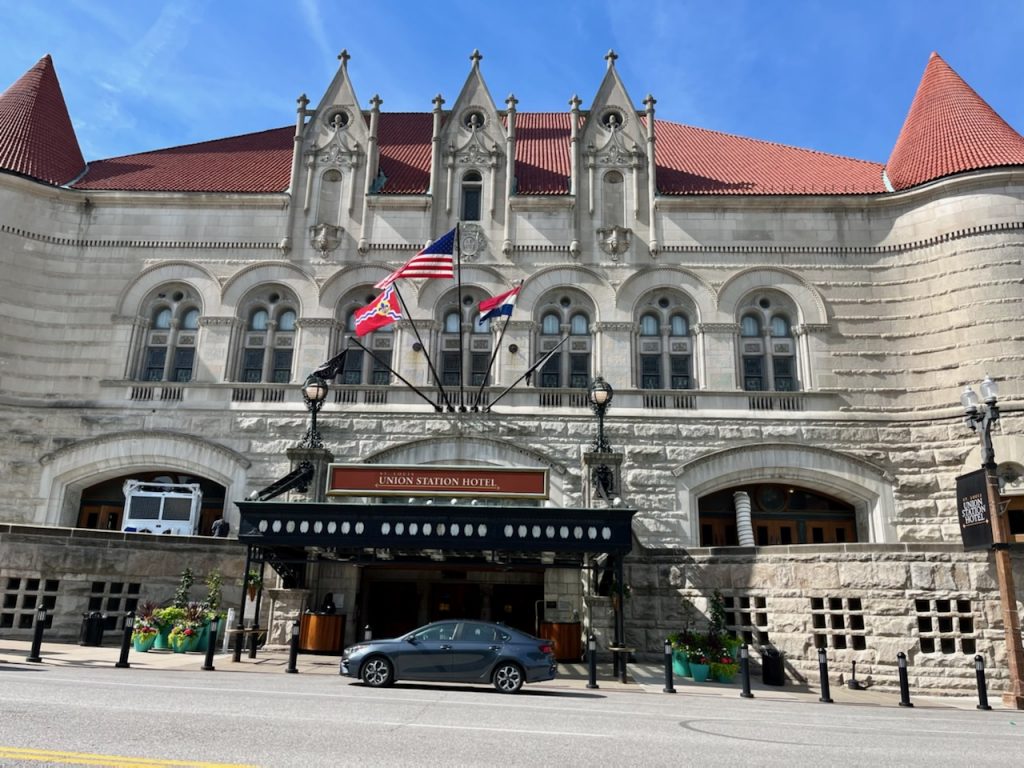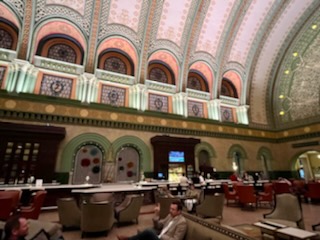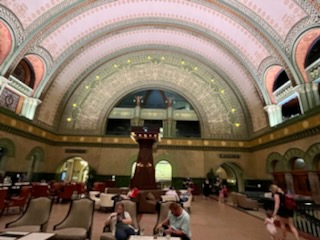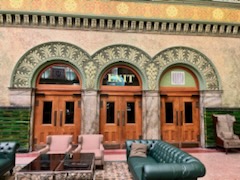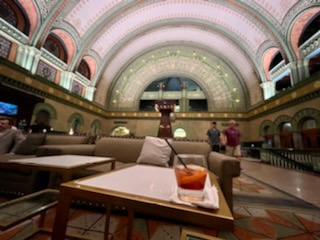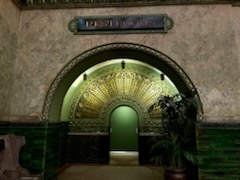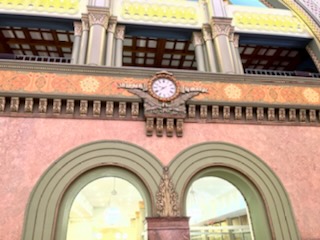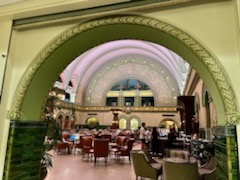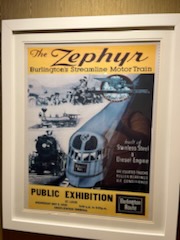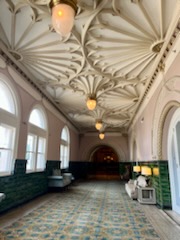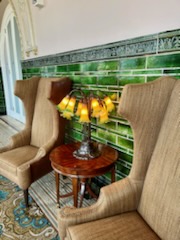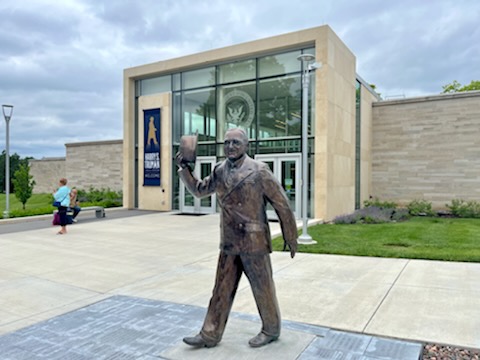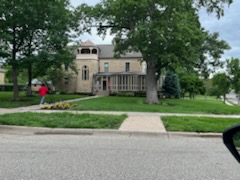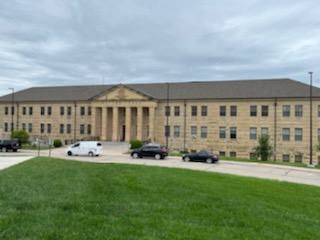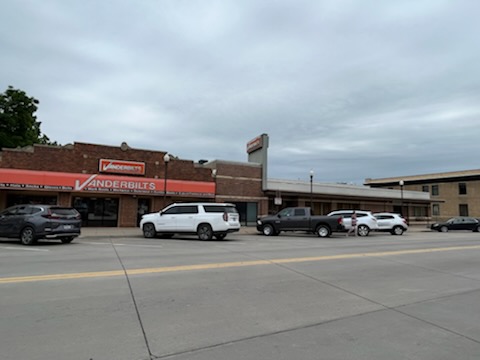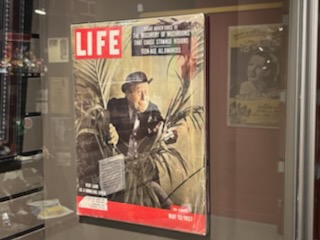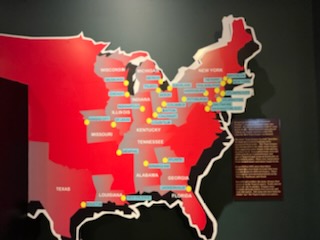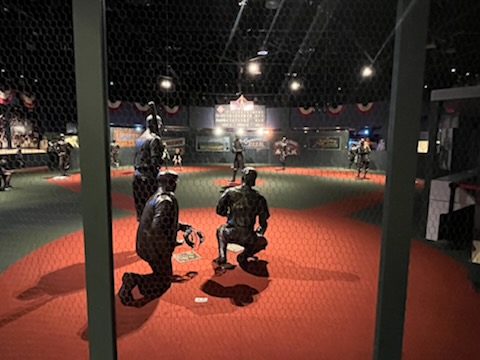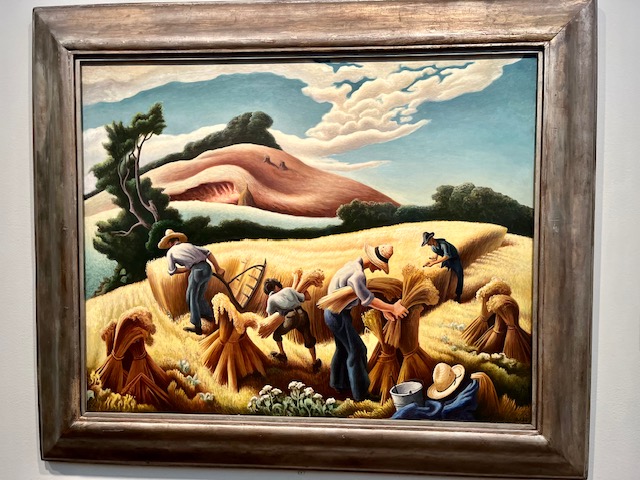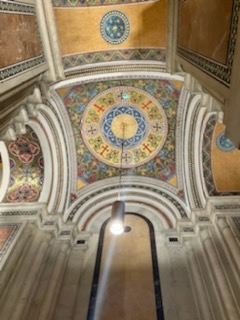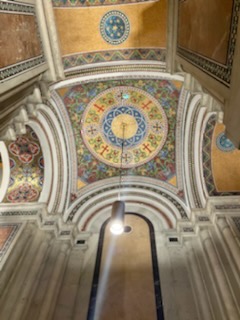Picture gallery at the bottom of the blog!
Wednesday made me feel like I hit a home run. I managed to touch four bags before arriving home. What I mean is I was able to visit 4 stops (five, really) in three cities before my head hit the pillow that night.
Part of my reason for conceiving the driving trip was to visit certain museums along the way. One that was high on my list was the Mounted Cavalry Museum at Fort Riley, KS. Wikipedia gives this thumbnail:
In 1887, Fort Riley became the site of the United States Cavalry School. The famous all-black 9th and 10th Cavalry Regiments, the soldiers of which were called "Buffalo Soldiers", were stationed at Fort Riley at various times in the 19th and early 20th centuries. During World War I, the fort was home to 50,000 soldiers, and it is sometimes identified as ground zero for the 1918 Spanish flu pandemic, which its soldiers were said to have spread all over the world.
I first read about Fort Riley and the Cavalry School when I encountered a biography of George Patton in HS. Perhaps all the John Ford/John Wayne movies from the ‘40’s & ‘50’s that I grew up on romanticized that branch of the service, but I also rode horses (believe it or not, I “showed” in Western competitions from ages 9-12). But Ft. Riley kept popping up. Then, about a decade ago, I read John M. Barry’s The Great Influenza: The Story of the Deadliest Pandemic in History which traces the outbreak and epicenter of the flu to Ft. Riley. So, at 8:30am I entered the visitor center to get my day-pass allowing me to go on post. The problem was I finally received definitive confirmation that the museum was not, in fact, open; the night before someone had returned my phone call giving me clarity since I had found conflicting information on different web sites. The museum was undergoing renovation and the temporary museum, housed in the old post hospital, had encountered issues with the hv/ac system over the winter, so was shuttered. Still, there were statues and external displays, and one could tour George Armstrong Custer’s house. So, I spent the better part of a couple of hours driving through the old section of the post admiring the statues, the cemetery, the buildings, and contemplating the history and a way of life that is now long gone.
Back on the road, I headed about 30 miles to the east to touch 2nd Base: The Oz Museum in Wamego, KS. I live with someone for whom the movie Wizard of Oz is the bombdiggity. When I casually told Amy that I’d read there was an Oz Museum along the way she lit up like the Technicolor Yellow Brick Road. “You have to go!” Of course, I did. Billed as “a tribute to all things ‘Wizard of Oz’ from the original book & 1939 movie to Michael Jackson remake.” Suffice it to say the ticket taker was surprised at how quickly I ran through that puppy, but I was glad to go to let Amy experience it vicariously (plus, I found her some killer Kansas Tornado sox).
From there was an easy drive into Kansas City to hit Third Base: The Negro League Baseball Hall of Fame and Harry Truman Presidential Library & Museum. Some years ago, Donovan and I where at a conference in KC and spent a morning at the excellent and comprehensive WWI Museum there. But I didn’t, on that trip, have a chance to get to the NLBM or the Truman, and wanted to get back. I am glad I did! Both museums had me reflecting on issues of race and the place of African Americans in our national history. Learning more about the contribution of the Buffalo Soldiers, the athletic prowess of players like Satchel Paige, Josh Gibson, and Buck O’Neil, and the courage and foresight of Truman to integrate the Armed Forces all provided a chance to meditate on the long shadow of our national sin.
Driving on to St. Louis I started to listen to an NPR Podcast called “White Lies” that seeks to solve the 1965 cold case of who killed Rev. James Reeb in Selma, AL 3 days after “Bloody Sunday.” Reeb, a Princeton Theological Seminary grad and Unitarian Universalist Minister, answered Martin Luther King, Jr.’s call for clergy to descend on Selma in the wake of the brutal beatings that John Lewis and others had suffered on Sunday when they crossed the Edmund Pettus Bridge on their march to Montgomery to meet with Gov. Wallace. The podcast is a remarkable piece of investigative journalism that opens a window into that dark past, sheds clarifying light on the violence to prove who killed him and allows us to appreciate Reeb as a man beyond being a martyr. I would recommend it highly and it was even more poignant as I had been through Selma just a few weeks ago. There is a plaque to Reeb on the exterior wall of Mackay Campus Center – along with other alums who have been killed doing ministry – that reminded us of the cost of faithful ministry every time we mounted the steps to go in for a meal.
The drive to St. Louis took me through Topeka, KS, a town I’ve never visited, but holds a place in my heart. It is the hometown of former WPC member, Katie Malone. Katie was an exceptional young mom in our congregation whose tragic death has been one of the very hardest I have had to encounter as a pastor. She and her daughter, Rosie, were out visiting her folks, Jennie and Jim Rose, at their vacation home on the Russian River in Idaho. Katie went out for a morning run and a logging truck, taking a sharp curve in the road, overturned crushing Katie under the load. Over the years I have been able to keep up with Katie’s folks and I am grateful that her friends at church have kept her memory alive.
I finally reached home base when I checked into the magnificent Union Station Hotel in St. Louis. Built in the old train station, the hotel lobby is the meticulously renovated main lobby of the train station. It harkens back to a bygone era of public spaces that were not just functional but also beautiful. When I visited first in ’94 right after it had been renovated, I knew I wanted to stay here whenever I next got to St. Louis. If you ever get through, you must go. After a good night’s rest in my train-themed room, I was able to spend a delightful morning at the St. Louis Museum of Art and a few moments praying and meditating in the stunningly beautiful Basilica decorated with intricate mosaics. The one dedicated to Pentecost reminds me that we celebrate that holy day this Sunday.
My final stop on my way home was to visit with my friend, Rev. Greg Glover, pastor of First Presbyterian Church, Clarksville, TN. Greg is one of the finest pastors in the Presbytery and has been part of a small group I’ve been facilitating over the last couple of years where we read books together. Sponsored by Renovare’ ministry, we read and discuss four books a year and it has been a wonderful way for us to grow deeper in the spirit and encourage each other in ministry. Greg just led FPC Clarksville through a bicentennial celebration last week, that I hated to miss. So glad to count him as a colleague and friend.
Home again! As Dorothy says in “Oz” there truly is “no place like home!”
